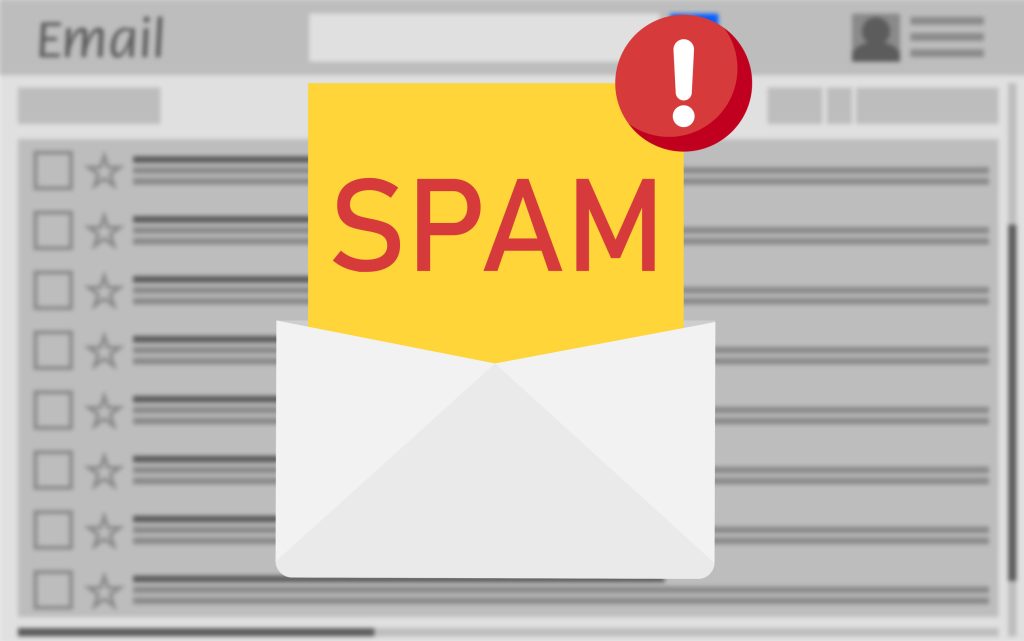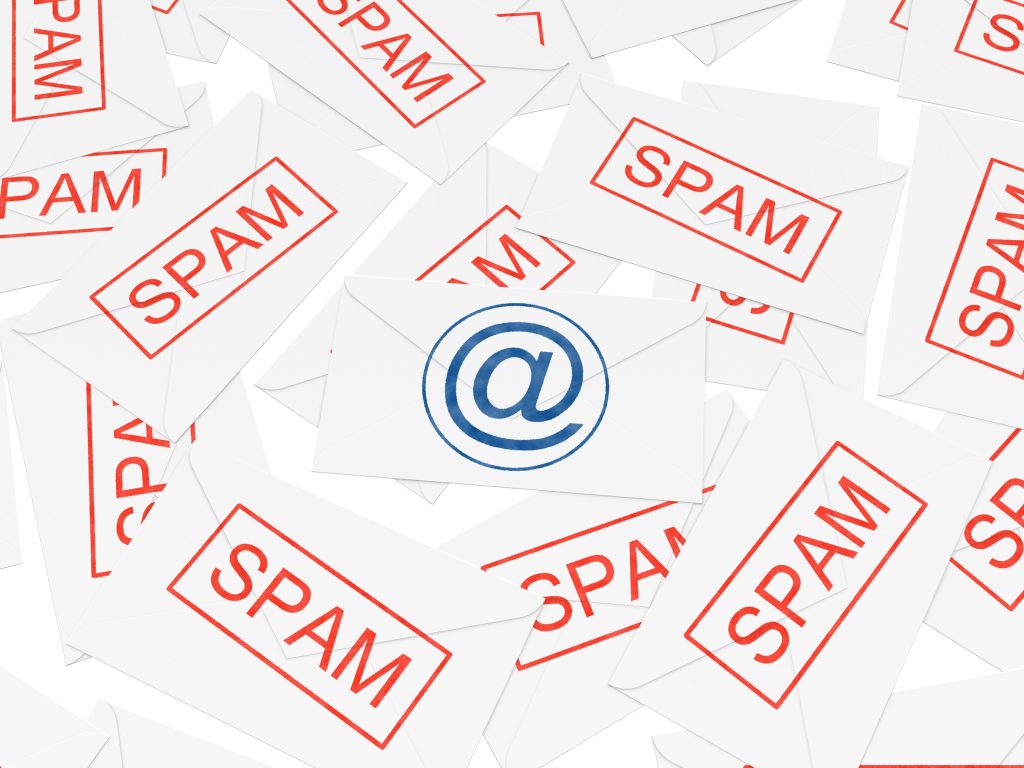
You’ve crafted the perfect email, hit send, and waited for a response that never comes, only to find out your message was buried in a spam folder. It’s a frustrating experience that can damage professional relationships and halt important communication in its tracks. The problem often lies in small, unintentional mistakes that trigger aggressive email filters. Understanding these common errors is the first step to ensuring your messages land in the inbox where they belong. If you’ve ever had your emails flagged as spam, you know how crucial it is to get it right.
Your Content Screams “Junk Mail”
One of the quickest ways to get your email flagged as spam is by using deceptive or overly aggressive content. This includes writing misleading subject lines that don’t match the email body, a classic “bait-and-switch” tactic that filters are designed to catch. Stuffing your message with spammy trigger words like “free,” “guarantee,” or “act now” also raises immediate red flags. Furthermore, typing in ALL CAPS or using excessive exclamation points makes your email look like a desperate advertisement. These content choices mimic the behavior of spammers, training filters to see your legitimate message as a threat.
Technical Errors Betray Your Intent
Behind the scenes, technical missteps can doom your email before it’s even read. Sending messages with large or suspicious attachments is a major reason emails get flagged as spam, as filters see them as potential malware carriers. Another critical error is sending from a poorly configured server or a blacklisted IP address, which instantly destroys your sender reputation. Many people also forget to include a plain-text version of their HTML email, a key best practice that improves deliverability. These technical oversights signal to email providers that the sender may not be following standard, legitimate protocols.
Your Audience Strategy Is Flawed

How you manage your recipients is just as important as the content you send. Sending emails to a purchased or unverified list is a cardinal sin in email marketing and communication. When recipients don’t recognize you, they are highly likely to mark your message as junk, damaging your sender score. This leads to low open rates, another metric that providers use to identify spammers. Critically, every promotional or bulk email must include a clear and easy-to-use unsubscribe link, as failing to do so violates regulations and angers recipients.
Image and Link Red Flags
The visual and interactive elements of your email can also get you into trouble. Embedding one large image with very little text is a common tactic used by spammers to hide trigger words, so filters are wary of this format. It is always better to have a healthy balance of text and images to avoid suspicion. Similarly, using link shorteners or including links to shady or non-reputable websites will almost certainly get your email flagged as spam. Email providers scan all hyperlinks to protect their users, and anything that seems untrustworthy will be penalized.
Staying Out of the Spam Folder
Avoiding the spam folder requires a conscious effort to communicate authentically and follow established best practices. By focusing on clear subject lines, balanced content, and clean technical execution, you signal to filters that you are a trustworthy sender. It is equally important to maintain a healthy, engaged email list and respect your audience’s right to unsubscribe. Ultimately, sending emails that people want to receive is the surest way to prevent them from being flagged as spam. This strategy not only improves deliverability but also builds stronger, more effective communication.
What’s the most common reason you think your own emails might get flagged as spam? Let us know your thoughts in the comments!
Read More:
7 Hidden Safety Features on Your Phone You’re Not Using (But Should)
6 Reasons Your Family Group Chat Secretly Hates You
The post 10 Mistakes People Make That Get Their Emails Flagged as Spam appeared first on Budget and the Bees.







